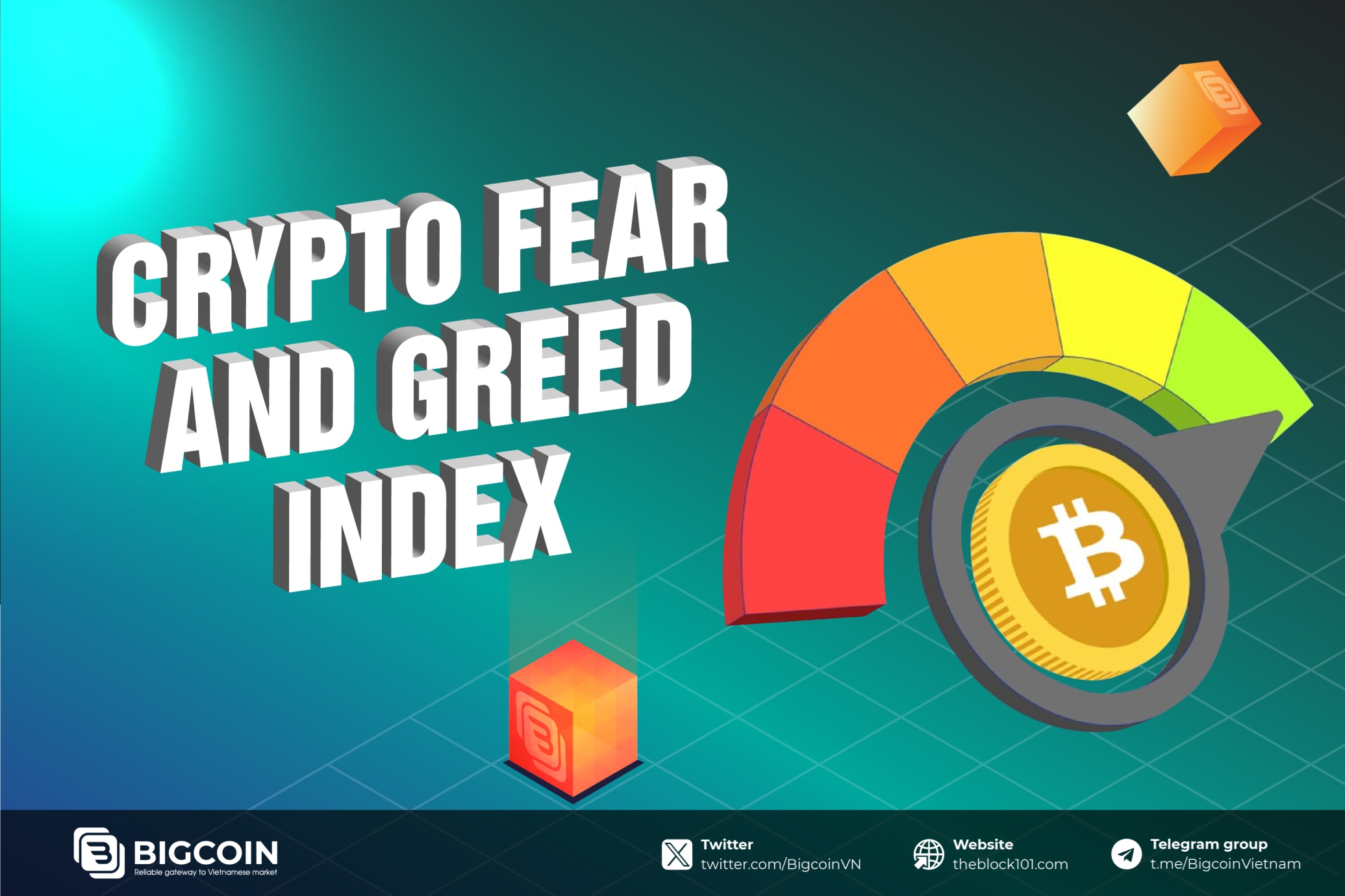1. What is the Altcoin Season Index?

The Altcoin Season Index is a metric designed to track the performance of altcoins in comparison to Bitcoin (BTC). The index highlights periods when altcoins are outperforming Bitcoin, signaling an "altcoin season." This is a phase where altcoins experience higher percentage gains compared to Bitcoin, prompting investors to explore alternatives to Bitcoin for potentially higher returns.
Measured on a scale from 0 to 100, the Altcoin Season Index provides real-time insights. A score of 75 or higher typically indicates a strong altcoin season, where the market is driven by altcoin growth. Conversely, a lower score (under 25) suggests that Bitcoin is dominating the market and altcoins are lagging behind. This index plays a crucial role in understanding the momentum between Bitcoin and altcoins, helping investors make timely decisions based on current market trends.
2. How does the Altcoin Season Index work?

The calculation of the Altcoin Season Index is based on the price performance of the top 50 altcoins over a 90-day period relative to Bitcoin’s price movements. The goal is to track how well altcoins perform compared to Bitcoin, as the cryptocurrency market often witnesses a tug-of-war between the two.
The index compares the performance of each altcoin to Bitcoin's performance in the same period, using the formula:
-
If the majority of altcoins show a higher percentage gain than Bitcoin, the index rises.
-
If Bitcoin outperforms the majority of altcoins, the index falls.
Typically, when the Altcoin Season Index is above 75, this is a signal that altcoins are experiencing rapid growth, and during such times, many investors turn to altcoins for greater potential profits. A score below 25, however, indicates that Bitcoin is maintaining market dominance, and altcoins are not performing well in comparison.
3. Why is the Altcoin Season Index Important?
.jpg)
The Altcoin Season Index serves as a valuable tool for crypto traders, offering several key benefits:
-
Identifying Market Trends: The index helps investors identify trends in the market, specifically whether altcoins are gaining traction or if Bitcoin is maintaining control. This can be helpful for traders looking to optimize their portfolios.
-
Decision-Making: By providing a clear signal of when altcoins are outperforming Bitcoin, the index helps investors decide when to shift their investments towards altcoins or focus more on Bitcoin. An increase in altcoin dominance might signal a good time to allocate more funds to altcoins, while Bitcoin’s dominance suggests a shift towards safer, more stable investments.
-
Portfolio Strategy: The index helps investors adjust their portfolio by tracking which assets are leading the market. If the index shows that altcoins are in the lead, traders may look to diversify into top-performing altcoins for higher potential returns.
-
Market Sentiment Gauge: As the altcoin market is often driven by investor sentiment, the index provides a quick way to gauge how the market feels. A strong altcoin season can indicate positive sentiment towards cryptocurrency outside of Bitcoin, often driven by innovation and technological advancements in altcoin projects.
4. How to use the Altcoin Season Index in Trading?

The Altcoin Season Index can play a crucial role in shaping a trader’s investment strategy. By understanding when altcoins are outperforming Bitcoin, traders can position themselves for potential profits. Here are a few strategies for using the index in crypto trading:
-
Capitalizing on Altcoin Season: When the Altcoin Season Index reaches above 75, it signals that altcoins are performing well. This is an opportune time for traders to allocate more capital into altcoins, especially those that are seeing substantial growth. These altcoins often experience rapid price appreciation during altcoin season, which can be profitable for investors willing to take on some risk.
-
Focusing on Bitcoin During Down Periods: Conversely, when the Altcoin Season Index is low, signaling that Bitcoin is outperforming altcoins, traders may decide to focus more on Bitcoin as a stable investment. Bitcoin tends to dominate the market in bear markets or periods of high uncertainty, making it a safer option when altcoins are underperforming.
-
Portfolio Diversification: For investors who want to make the most of both Bitcoin and altcoins, the Altcoin Season Index can help guide portfolio adjustments. In times of altcoin dominance, traders can consider diversifying into altcoins for growth. When Bitcoin takes the lead, they can focus on Bitcoin to preserve capital and minimize exposure to the volatility that often accompanies altcoins.
-
Market Sentiment Analysis: The index serves as a reflection of market sentiment. A high index can indicate optimism within the altcoin ecosystem, often tied to innovations or high-profile projects. Traders can use this sentiment to adjust their strategy and potentially enter altcoin markets when the mood is bullish.
5. Limitations of the Altcoin Season Index
.jpg)
While the Altcoin Season Index is a powerful tool for gauging market conditions, it is important to be aware of its limitations:
-
Volatility and Market Sentiment: The cryptocurrency market is notorious for its volatility, and the Altcoin Season Index is no exception. It can change rapidly, and shifts in market sentiment can result in sudden fluctuations. What may seem like a strong altcoin season could reverse quickly, leading to potential losses for traders who don't react swiftly.
-
Does Not Predict the Future: The Altcoin Season Index is a lagging indicator, meaning it reacts to past price movements rather than forecasting future trends. As a result, it should not be solely relied upon for making trading decisions, as it may not capture future market changes.
-
Influence of External Factors: Factors such as regulations, technological advancements, or macro-economic conditions can influence the market in ways that the Altcoin Season Index does not account for. These external factors can impact the performance of both Bitcoin and altcoins, altering the index in unexpected ways.
-
Short-Term Focus: The Altcoin Season Index tracks a 90-day period, which means it might not reflect immediate market changes. Traders seeking to capitalize on very short-term price movements should not rely on the index alone for decision-making.
6. Conclusion
The Altcoin Season Index offers cryptocurrency investors and traders a crucial insight into the performance dynamics between Bitcoin and altcoins. It helps investors identify periods when altcoins outperform Bitcoin, presenting opportunities for profitable investments. However, like any market indicator, it should be used alongside other tools and strategies to make well-informed investment decisions.
By using the Altcoin Season Index as part of a broader investment strategy, crypto traders can make smarter decisions, whether it’s diversifying into altcoins or focusing on Bitcoin. Despite its usefulness, traders should exercise caution and manage risks, especially given the volatile nature of the crypto market.
Overall, the Altcoin Season Index provides a unique and practical way for investors to understand the ebbs and flows of the cryptocurrency market, enhancing their ability to make timely and informed decisions in a highly speculative environment.
Read more:

 English
English Tiếng Việt
Tiếng Việt.png)
















